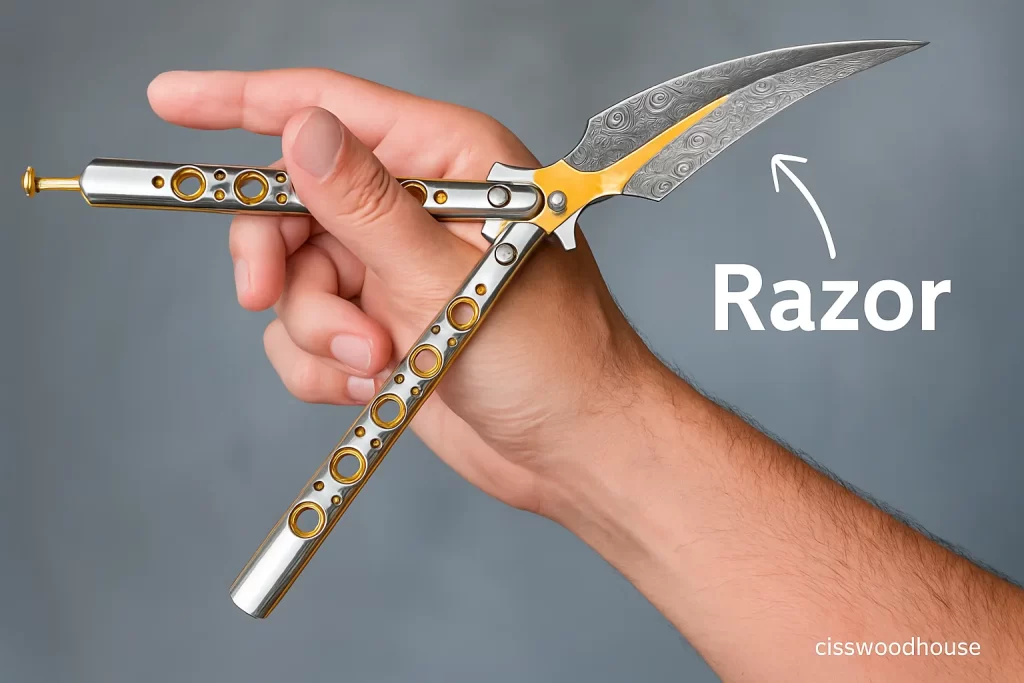Table of Contents
When it comes to learning how to use a butterfly knife, also known as a balisong, beginners often face an overwhelming number of options and concerns about safety. The desire to get a quality knife without breaking the bank is common, especially when you’re just starting.
Butterfly knives, while fun to flip, also come with a learning curve, making it crucial to choose the right one to avoid unnecessary frustration or injury.
With butterfly knives steadily gaining popularity, first-time buyers need to navigate the vast options available, especially on a budget. But don’t worry—this guide is designed to help you find the best butterfly knives for beginners under $50.
We’ll provide a detailed comparison of the top budget-friendly options, ensuring you make an informed decision. This guide is based on an objective analysis of build quality, safety features, and overall value.
What to Look for in a Beginner Butterfly Knife?
As a beginner, there are a few key factors to keep in mind when purchasing a butterfly knife. These features are essential for both your safety and the longevity of the knife.
Key Features for Beginners
- Build Quality Basics:
- Handle Construction: There are two main types: channel and sandwich. Channel construction provides a more secure and durable design, whereas sandwich handles are typically more lightweight but may feel flimsier.
- Pivot System: A smooth and reliable pivot system ensures the knife opens and closes easily, which is vital for learning tricks and handling.
- Blade Material: Look for stainless steel blades that offer durability without being too sharp, especially if you’re using a trainer.
- Safety Considerations:
- Training vs Live Blade: Beginners should start with a training blade to avoid injuries, as it features a dull blade for practicing flipping techniques. Live blades are for more advanced users.
- Weight Distribution: Balanced knives make it easier to control, especially when learning flips.
- Handle Texturing and Grip: A textured handle will provide a better grip, preventing the knife from slipping out of your hand.
- Value Factors:
- Durability: Even on a budget, you want a knife that will last. Look for quality construction and materials that can withstand frequent use.
- Maintenance: Ensure the knife’s maintenance is simple, such as needing occasional tightening of screws or lubrication of the pivot.
Red Flags to Avoid
- Poor Pivot Systems: Avoid knives where the pivot system feels sticky or binds.
- Overly Lightweight Construction: Extremely lightweight knives may feel fragile and hard to control.
- Sharp Edges on Handles: Be cautious of sharp edges on the handles, which can cause hand injuries.
Read also: Why Are Butterfly Knives Illegal
Top 7 Best Butterfly Knives for Beginners Under $50
Here are the best butterfly knives under $50 that provide excellent value, safety, and ease of use for beginners:
Bear & Son 114 Butterfly Knife ($25-35)
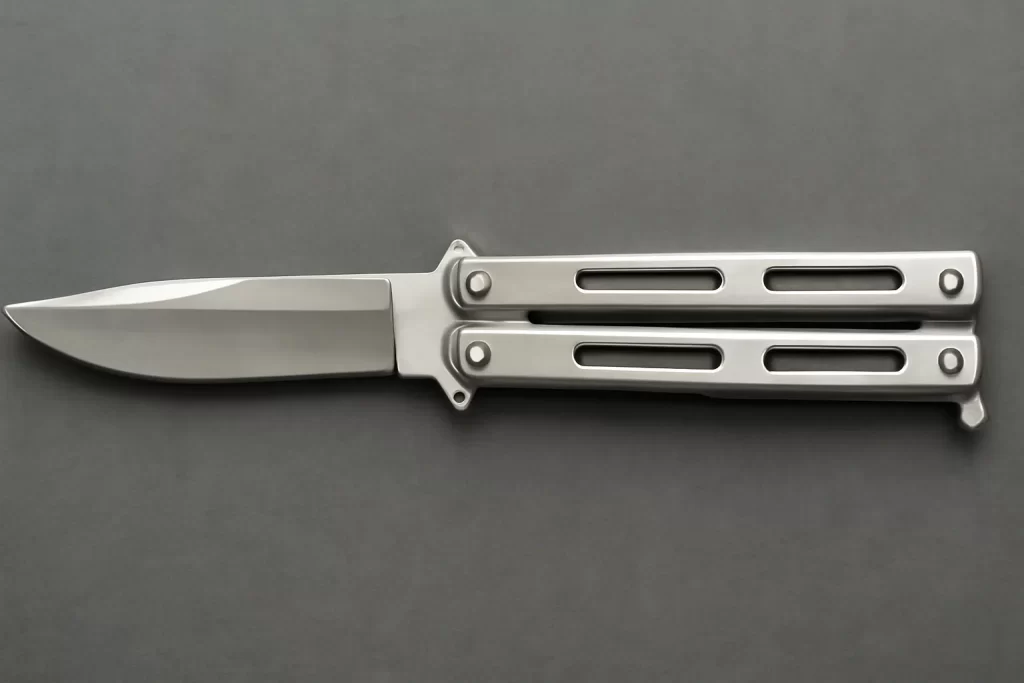
Quick Specs: Steel construction, 4.5″ blade, traditional design
Pros: Affordable, decent build quality for the price
Cons: Heavier than premium options, basic finish
Best For: Absolute beginners wanting a live blade experience
Rating: 4/5 stars
Squid Industries Squiddy ($42-48)
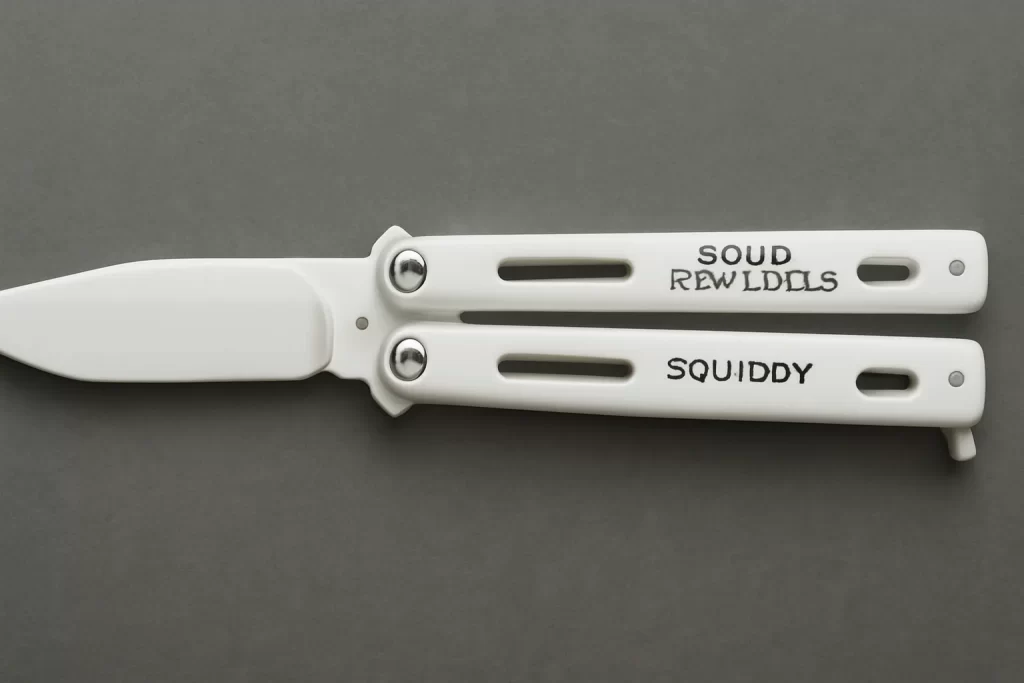
Quick Specs: PVC construction, no blade, 4.5″ length
Pros: Safe, durable, great for flipping tricks
Cons: No cutting functionality, plastic feel
Best For: Learning tricks without injury risk
Rating: 4.5/5 stars
Boker Plus Balisong Trainer ($35-45)
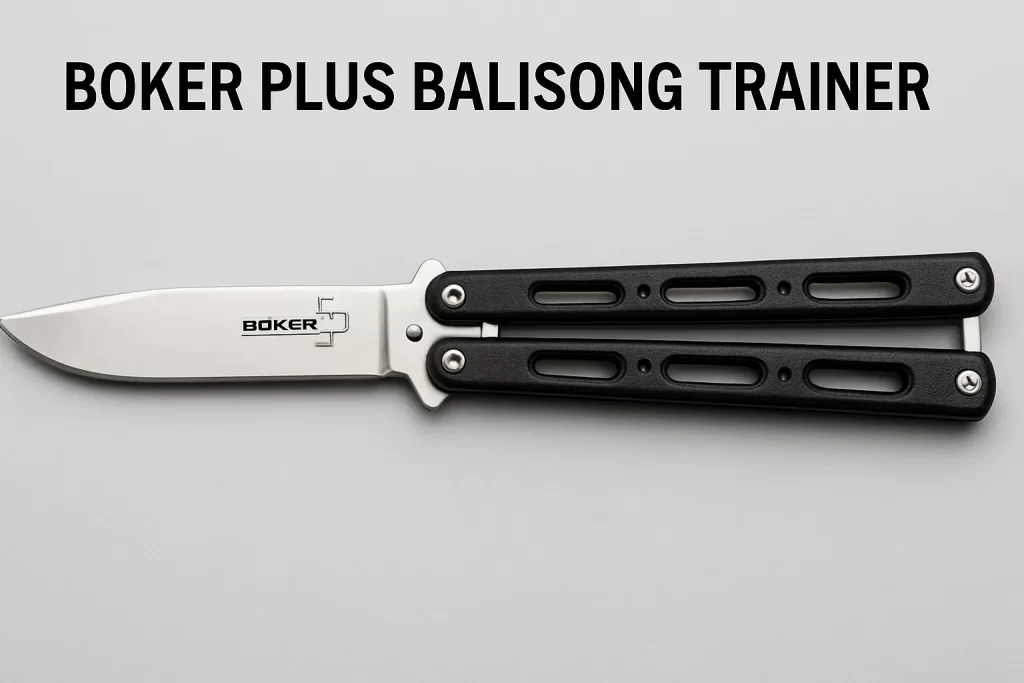
Quick Specs: Steel handles, dull blade, German engineering
Pros: Realistic weight, quality construction
Cons: Slightly over budget, limited availability
Best For: Serious learners wanting a realistic feel
Rating: 4.5/5 stars
Kershaw Lucha Trainer ($45-50)
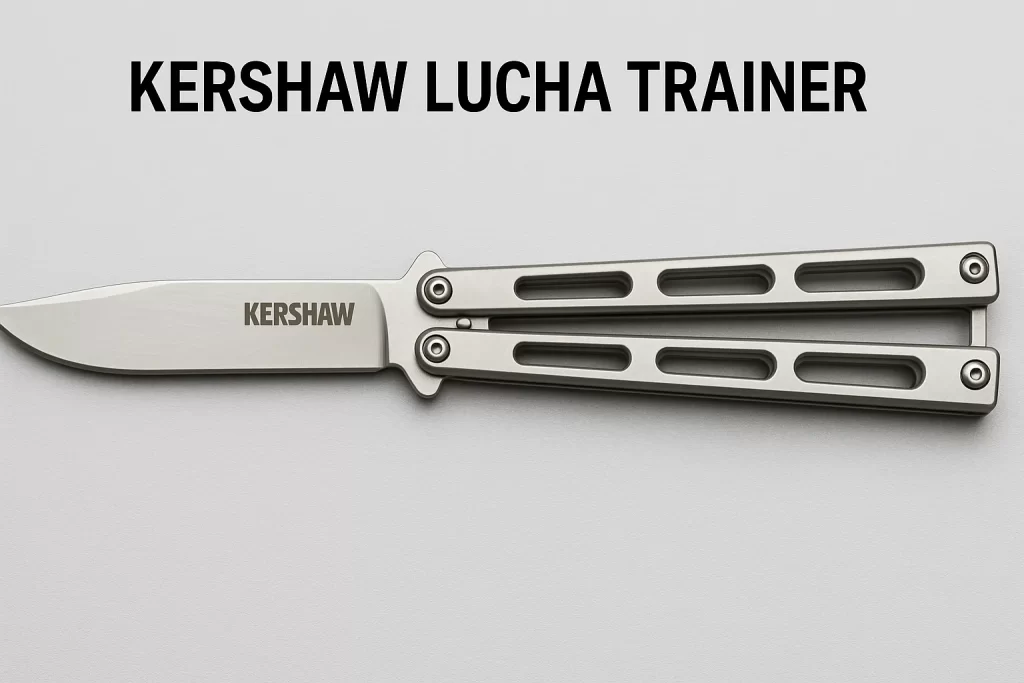
Quick Specs: Steel construction, trainer blade, 4.5″ overall
Pros: Premium feel, smooth action
Cons: Heavier than some prefer
Best For: Beginners planning to upgrade to a live blade
Rating: 5/5 stars
Andux Land Butterfly Trainer ($15-25)
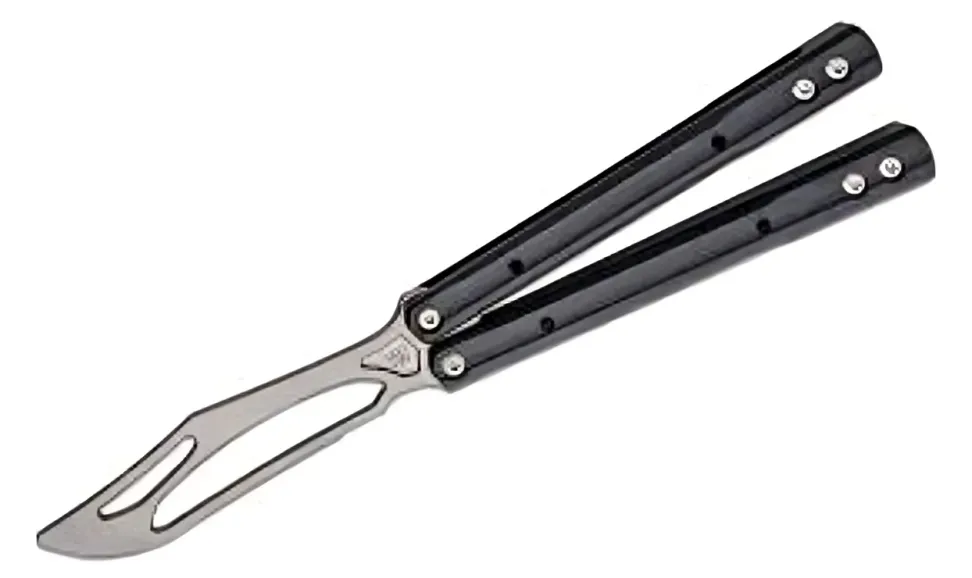
Quick Specs: Steel handles, dull blade
Pros: Very affordable, decent for occasional use
Cons: Inconsistent quality, loose tolerances
Best For: Casual learners on tight budgets
Rating: 3/5 stars
Glidr Arctic ($40-48)
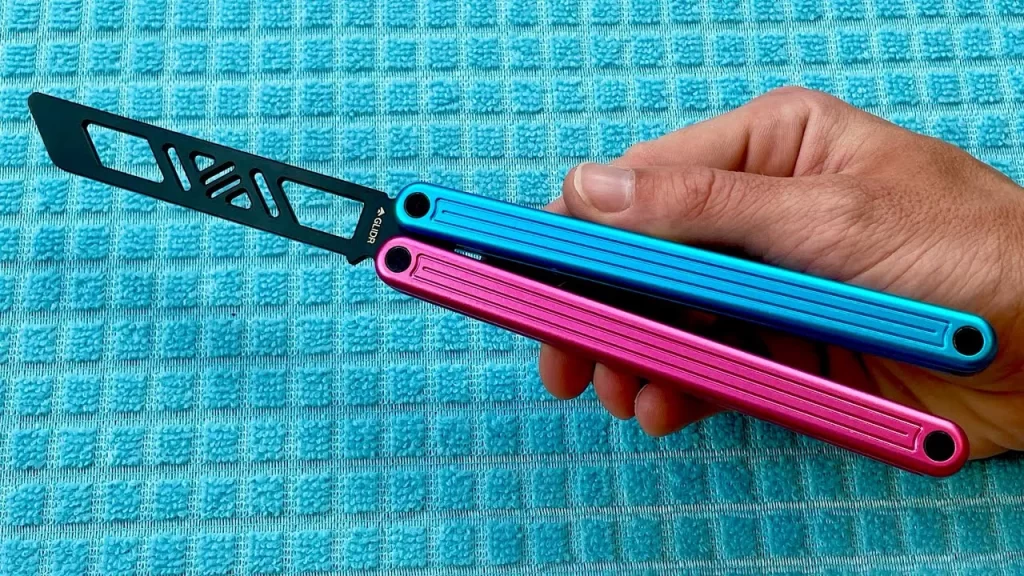
Quick Specs: Aluminum handles, no blade, lightweight
Pros: Excellent flipping dynamics, durable
Cons: No cutting ability
Best For: Trick-focused beginners prioritizing safety
Rating: 4.5/5 stars
Bradley Kimura Trainer ($45-50)
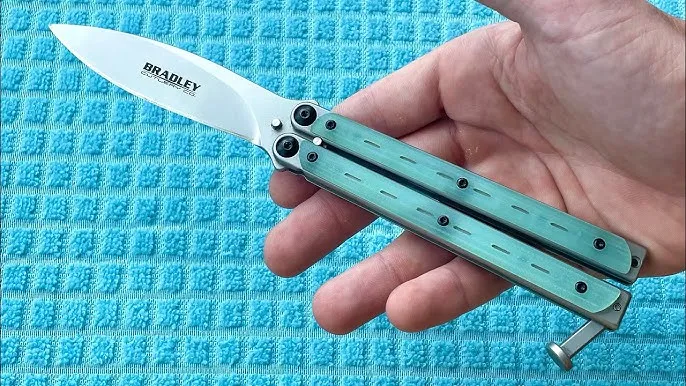
Quick Specs: Steel construction, trainer configuration
Pros: Smooth action, good balance
Cons: Higher maintenance needs
Best For: Enthusiasts wanting a quality entry point
Rating: 4/5 stars
Detailed Comparison Table
| Model | Price Range | Weight | Construction | Safety Level | Best Feature |
|---|---|---|---|---|---|
| Bear & Son 114 | $25-35 | Heavy | Steel/Live | Medium | Value |
| Squid Squiddy | $42-48 | Light | PVC/Safe | High | Innovation |
| Boker Trainer | $35-45 | Medium | Steel/Trainer | High | Quality |
| Kershaw Lucha | $45-50 | Heavy | Steel/Trainer | High | Build Quality |
| Andux Trainer | $15-25 | Medium | Steel/Trainer | High | Price |
| Glidr Arctic | $40-48 | Light | Aluminum/Safe | High | Performance |
| Bradley Kimura | $45-50 | Medium | Steel/Trainer | High | Smoothness |
Training vs Live Blade: Which Should Beginners Choose?
For beginners, it’s generally recommended to start with a training blade. A training blade ensures complete safety, allowing you to practice flipping techniques without risk of injury. Live blades are functional for cutting but come with a higher injury risk and may be subject to legal restrictions in certain areas.
Our recommendation: Start with a training blade to learn the fundamentals, and upgrade to a live blade later if you feel comfortable.
Maintenance Tips for Budget Butterfly Knives
Basic Care Instructions:
- Cleaning: Regularly wipe down the blade and handle to prevent dirt buildup.
- Lubrication: Apply a light oil to the pivot points to maintain smooth operation.
- Tightening Screws: Periodically check for loose screws and tighten them as needed.
Extending Knife Lifespan:
- Store the knife in a dry place to prevent rust.
- Keep the knife clean and lubricated.
- Avoid dropping or mishandling the knife.
Final Words
Based on your needs, here are our top picks:
- Best Overall Value: Squid Industries Squiddy
- Best Live Blade: Bear & Son 114
- Best Premium Option: Kershaw Lucha Trainer
Before purchasing, always check local laws regarding butterfly knives. Starting with a training blade is recommended for most beginners to ensure safety as you learn the basics.
Ready to get started with your first butterfly knife? Check out our full collection and find the perfect knife for your needs. Don’t forget to sign up for our newsletter for more tips and guides on mastering the art of balisong!
People also ask
Are butterfly knives legal everywhere?
Laws vary by location. Always check local regulations before purchasing.
How long does it take to learn basic tricks?
Most beginners can learn basic opening techniques in 1-2 weeks with consistent practice.
Should I start with a trainer or a live blade?
Trainers are recommended for beginners to ensure safety while learning flipping skills.
What’s the difference between channel and sandwich construction?
Channel construction is more durable and secure, while sandwich construction offers a lighter and more affordable option.

